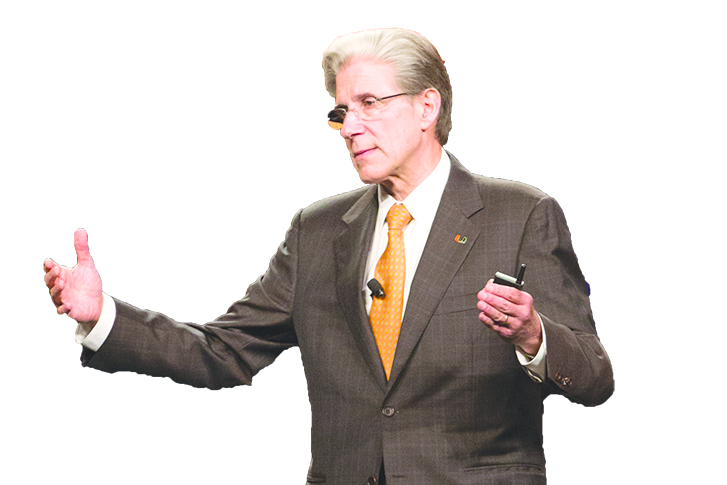What is your favorite place on earth?
I had a very early and defining experience in my life in the mountains, the high mountains of the state of Chiapas in southern Mexico. It’s right on the border with Guatemala. It’s the poorest state of Mexico and in the mountains, there are still – it’s the state with the highest population of indigenous people. In my junior to senior year in high school, that summer, I took a two-month trip there. This is the 1970s, so Chiapas now is well-communicated, it has roads, etc., but there was nothing [then].
I wanted to live in some of the indigenous communities because I was trying to decide if I was going to study medicine or social anthropology, those were my two. And in the university system in most of the world, if you’re going to study medicine, you go straight into medical school. Most places don’t have the great, great experience of a liberal arts college. It’s those four years where you can explore.
So, it was an important trip because I needed to decide what I was going to focus on once I went to university. So, I went there and it changed my life. It actually made me decide to go into medicine because I had close encounters with really extreme poverty and it made me want to study something where I could have a more direct impact on the lives of people.
But, having said that, the physical beauty of the place is extraordinary, especially being in those mountains. And the warmth of the people, the cultural richness is amazing. I was literally with a backpack, a few friends — most of my friends actually started going back, so in the end, I was traveling alone the last week. Some of my friends couldn’t deal with the poverty, actually. It was very emotionally draining.
At the same time, I just love the people and I love the place, the highlands of Chiapas. It’s called “Los Altos” in Spanish.
Besides reading and listening to opera, do you have a hobby?
Collecting. I have a collection of kaleidoscopes. I would say that this is a very modest collection compared to serious collectors, but I do have a collection of kaleidoscopes. And at some point, I was collecting ducks. Not ibises, but ducks. Maybe now I’ll start collecting ibises.
I have ducks of every material you can imagine; every shape. For whatever reason, ducks are a pretty universal object and ducks are all over the world, so almost any country you go to, people do images of ducks, whether it’s in wood, in metal, [or] in cloth.
When I was traveling a lot and I always liked to bring something to my kids, I found that instead of having to think a lot about what to bring that was unique, I could always go to any part of the world and find a duck. So, I have ducks from all over the world … from Africa, from Asia, from Latin America, from the Middle East, from Europe, from the U.S. and Canada. I have hundreds of ducks.
At some point, I stopped collecting the ducks. I have some decoys; a few of them are valuable.
It was a way of explaining to my kids that I had been gone for three or four days, but here’s a piece of where I was. It was a way of connecting, of giving them a connection to what was a big part of my life.
I don’t travel as much as I used to. Especially at the World Health Organization, I was traveling 40 percent of the time. So, getting a duck was a way of showing that although I was not at home, I was thinking of them.
Right now it’s in boxes because we don’t have a place to put them.
How do you feel about the ducks at UM?
I, in general, like them. But the one thing I was told from day one was, “Do not call Sebastian a duck.” I know he is an ibis.






